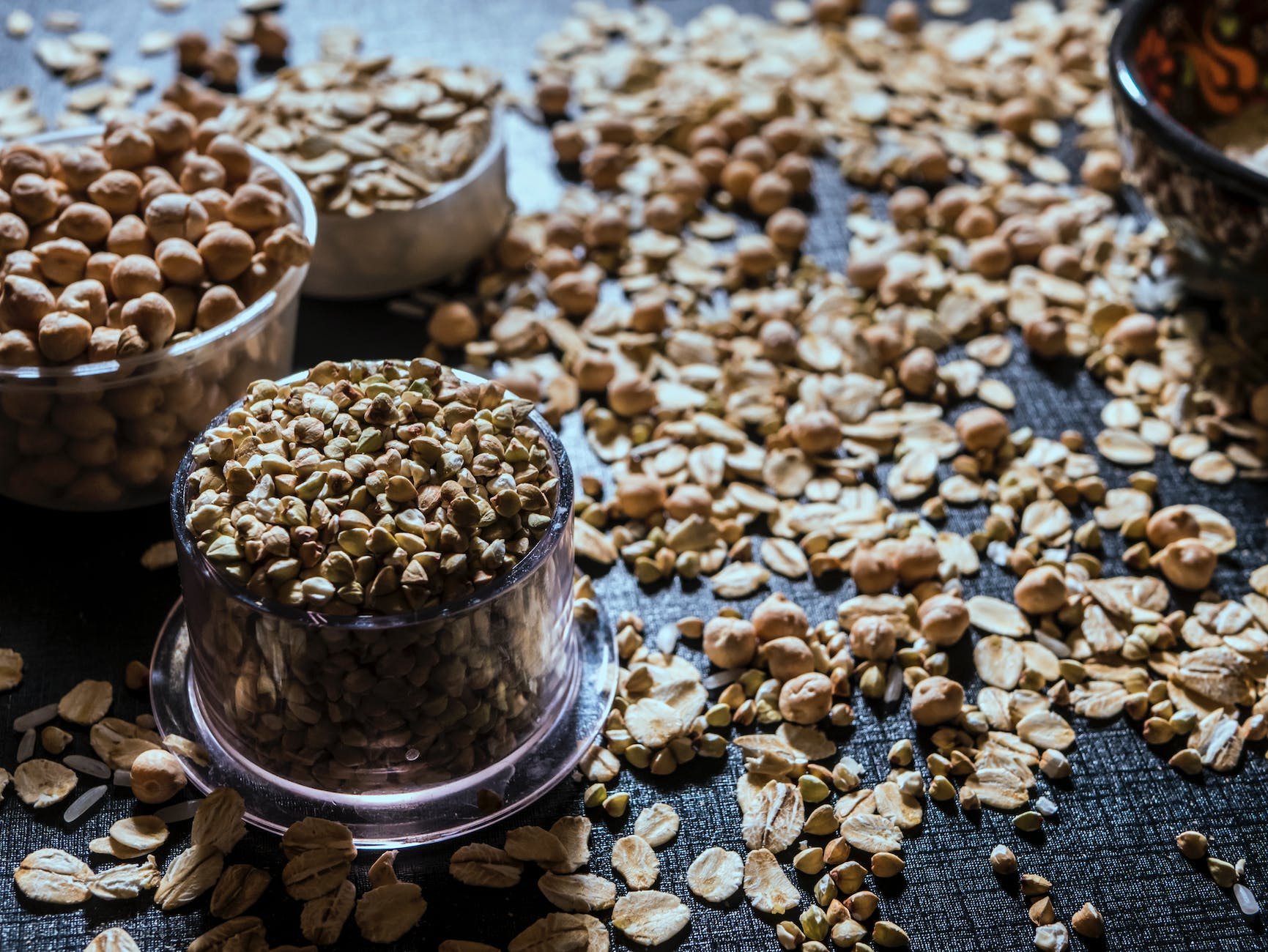
In the quest for weight loss, many individuals turn to a variety of diet plans, exercise regimens, and natural remedies. Among the plethora of natural solutions, one that has been quietly gaining attention is the use of papaya seeds. But can these tiny, often discarded seeds truly aid in weight loss? This comprehensive guide will delve into the potential of papaya seeds as a weight loss aid, exploring their nutritional profile, scientific evidence, and ways to incorporate them into your diet.
Understanding the Nutritional Profile of Papaya Seeds
Unveiling the Nutritional Powerhouse: Papaya Seeds
Often overlooked and discarded, papaya seeds are a nutritional powerhouse. They are rich in fiber, a nutrient known for promoting feelings of fullness and aiding in digestion. Additionally, they contain a decent amount of protein, a macronutrient essential for muscle building and repair. But perhaps the most unique component of papaya seeds is the enzyme papain.
Papain: The Unique Enzyme
Papain is a proteolytic enzyme, meaning it aids in the digestion of proteins. It works by breaking down protein fibers, making them easier for the body to digest. This not only improves overall digestion but also helps ensure that the body is absorbing and utilizing nutrients efficiently, which can indirectly contribute to weight loss.
The Role of Fiber and Protein in Weight Loss
Both fiber and protein play crucial roles in weight management. Fiber, by slowing digestion, helps promote feelings of fullness, reducing the likelihood of overeating. Protein, on the other hand, not only aids in muscle building and repair but also contributes to satiety. Consuming a diet high in protein can help prevent overeating and keep hunger pangs at bay.
Papaya Seeds and Weight Loss: What Does the Science Say?
Scientific Evidence on Papaya Seeds and Weight Loss
While there’s ample evidence supporting the benefits of fiber and protein for weight loss, specific research on papaya seeds for weight loss is limited. However, given their nutritional profile, it’s plausible that they could contribute to weight loss as part of a balanced diet and healthy lifestyle.
Understanding the Role of Papain in Weight Loss
Papain, the unique enzyme found in papaya seeds, aids in digestion by breaking down proteins. Improved digestion can contribute to weight loss by ensuring that nutrients are properly absorbed and utilized by the body. Moreover, efficient digestion can help prevent issues like bloating and constipation, which can make one feel lighter and more comfortable.
Incorporating Papaya Seeds into Your Diet
How to Consume Papaya Seeds for Weight Loss
Papaya seeds can be consumed in several ways. They can be eaten raw, though their slightly bitter and peppery flavor might be an acquired taste for some. Drying the seeds can mellow out their flavor, and they can be ground into a powder and used as a seasoning in a variety of dishes. They can also be added to smoothies or juices. Remember, moderation is key as papaya seeds can be quite potent.
Recipes with Papaya Seeds
There are various ways to incorporate papaya seeds into your diet. Here are a few ideas:
- Papaya Seed Smoothie: Blend papaya seeds with a mix of fruits like bananas, berries, and leafy greens for a nutrient-packed smoothie.
- Papaya Seed Salad Dressing: Grind dried papaya seeds and mix with olive oil, vinegar, honey, and a squeeze of lemon for a unique salad dressing.
- Papaya Seed Tea: Boil papaya seeds in water, strain, and drink the water as a tea.
Precautions and Considerations
Potential Side Effects of Papaya Seeds
While papaya seeds have potential benefits, they should be consumed in moderation. Overconsumption can lead to stomach discomfort. Also, pregnant and breastfeeding women should avoid consuming papaya seeds as they can potentially affect pregnancy outcomes.
Consulting a Healthcare Professional
Before starting any new diet regimen, including consuming papaya seeds for weight loss, it’s important to consult with a healthcare professional. They can provide personalized advice based on your health history and current condition.
Conclusion
While papaya seeds hold promise as a natural aid for weight loss, they are not a magic solution. Successful weight loss involves a balanced diet, regular physical activity, and a healthy lifestyle. Papaya seeds can be a part of this equation, contributing their unique nutritional benefits to your weight loss journey.
Call to Action
If you found this article helpful, please share it with others who might benefit from this information. We also invite you to comment below with your experiences or questions about using papaya seeds for weight loss. Your insights could help others in their journey towards better health.
FAQs
- Can papaya seeds help with weight loss? While specific research on papaya seeds for weight loss is limited, their high fiber and protein content, along with the presence of the enzyme papain, suggest they could contribute to weight loss as part of a balanced diet and healthy lifestyle.
- How can I incorporate papaya seeds into my diet? Papaya seeds can be consumed raw, dried, or ground into a powder. They can be added to salads, smoothies, or used as a seasoning in dishes.
- Are there any side effects of consuming papaya seeds? Overconsumption of papaya seeds can lead to stomach discomfort. Pregnant and breastfeeding women should avoid consuming papaya seeds.
Blog Tags Papaya Seeds, Weight Loss, Natural Remedies, Health and Wellness, Nutrition, Diet, Healthy Eating, Digestive Health, Papain, Dietary Fiber, Protein













